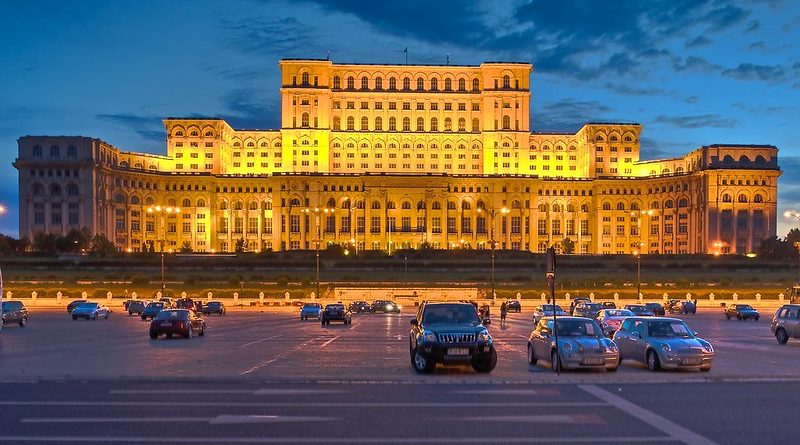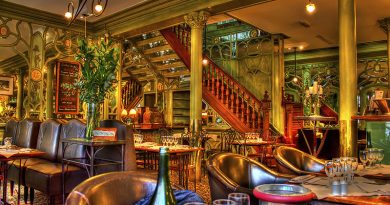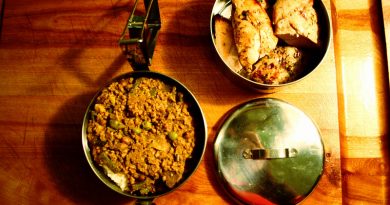Ceausescu’s Palace of the People
History Facts
Where: Bucharest, Romania
When: 1967 – 1989
History: Destruction of old city replaced with tyrant’s epic vision of a lavish and opulent ‘palace for the people’, constructing the 3rd largest building in the world
Go there for: Be dazzled by the bright lights of 4500 chandeliers
Bucharest was known as the Paris of Eastern Europe until Communist president Nicolae Ceausescu began rebuilding, destroying the tree-lined avenues, tearing down the oldest buildings and creating his new Bucharest.
The Ceausescu Regime
During his despotic regime (1965-89) Romania and its population suffered. Ceausescu starved the people to pay for a new system of modernisation that saw farmers forcibly rehoused in grim housing blocks in the cities. Food and electricity was rationed, huge amounts of money borrowed from the West, and heavy industrialisation in rural communities caused pollution and starvation. Romanians were not allowed to talk to foreigners, allowed 2kg of meat per year, 2 eggs per month, whilst the Ceausescu’s moved between their palatial residences choosing their meals from 6 menus every evening.
Palatul Parliamentului (Palace of Parliament)
The centre piece of Ceausescu’s new Romania was built on the rubble of Bucharest’s old quarter; 26 churches, and over 7000 homes were destroyed to make way for the Civic centre known as the Ceausima. At its centre looms the infamous Palatul Parliamentului, the Palace of Parliament, the third biggest building on earth after the Pentagon and the Tibetan Potala. Over 20,000 labourers and 600 architects toiled to build the Palace to Ceausescu’s exacting standards. On one occasion they were required to rebuild a staircase three times because Ceausescu himself was not satisfied.
The palace stands 12 storeys high with over 1000 halls and rooms and massive underground basements. There is a nuclear bunker, underground parking that could accommodate Buckingham Palace and a lobby stretching for 300ft. The rooms are lavishly decorated in gold leaf and marble and over 4500 chandeliers (of 11,000 originally planned) hang in the Palace. This enormous building was originally known as the Casa Popularii, The House of The People, but the people instead coined it Casa Nebunului – the Madman’s House.
Christmas Stuffing
In 1989 Romania finally cast of the spectre of the Ceausescus and the world watched the revolution on TV. In December, from a balcony high up at the Palace, the Ceausescu’s were met with jeers and revolutionary cries from the gathered crowds below. They escaped from the roof in a helicopter, but on Christmas day, after a quick trial, they were executed by firing squad as much of the world sat down to Turkey and stuffing.
Visiting Ceausescu’s Palace
In 1989, Palatul Parliamentului was renamed the Palace of Parliament. As the new name suggests, the Palace is home to the Romanian government and can be visited daily between 10am and 4pm, except when the parliament is in session, then public tours are limited to weekends.
Access is via the Southern entrance (A1) and guided tours take roughly 45 minutes taking in some of the grandest rooms. The approach along Piata Unirii is the most impressive, although the Metro stop at Izvor is the quickest way of getting here.
More Information
Ceausecu.org
Anthology collection of texts and articles on the infamous leader
By Dan Porter




